
…longer be tempted to commit exergetic harakiri by converting ratable electricity into some fuel that you can then run through a heat engine. https://thundersaidenergy.com/2023/01/12/thermodynamics-carnot-rankine-brayton-beyond/ How does that work? Frankly, some…
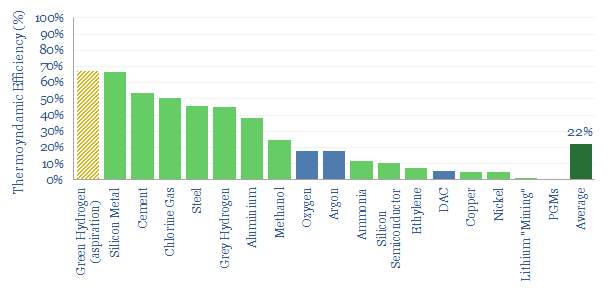
…capture, and using AI. Definitions: what is thermodynamic minimum energy for materials? ΔHf° denotes the Standard Enthalpy of Formation. This is the change of enthalpy (i.e., heat), when 1 mole…
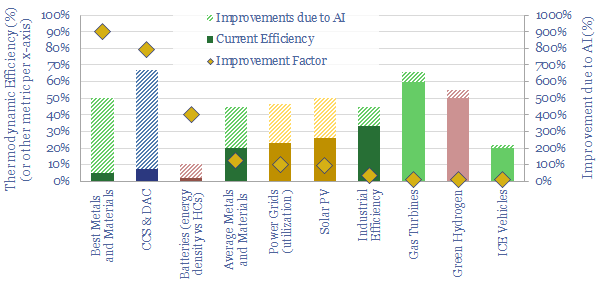
…unlock 10x gains, equating to 90% reductions in energy use per ton of output (pages 7-8). How will AI improve the efficiency of heat engines? Next-generation material science can also…
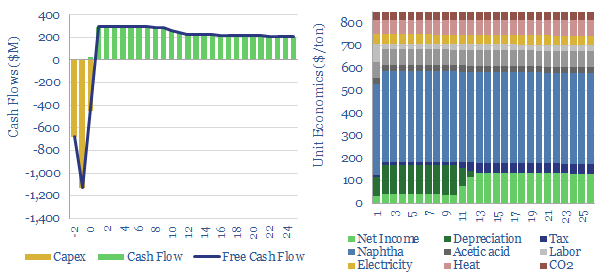
…process heat for the cracking/reforming of naphtha. Energy costs are a major contributor to PX production costs, but less significant for oxidizing PX into PTA. How does the cost of…
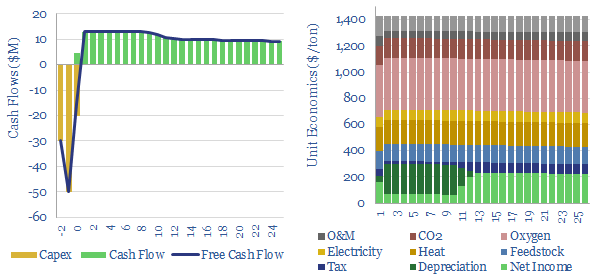
…IRR on a large production facility, and after reflecting capex costs, feedstock gas prices, heat, electricity, cryogenic oxygen, opex costs and CO2 prices. Production costs are most sensitive to input…
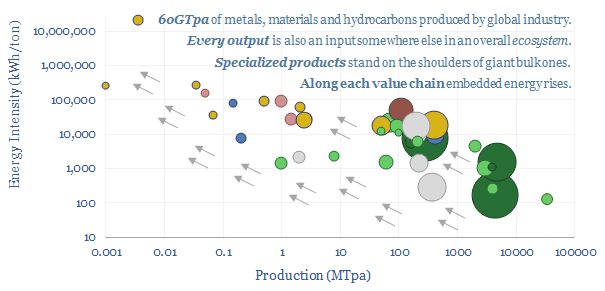
…heat). Global transportation is always possible, but typically adds 3-5% in transportation costs of individual materials, eating into c20% typical EBIT margins, cascading along industrial value chains that can include…
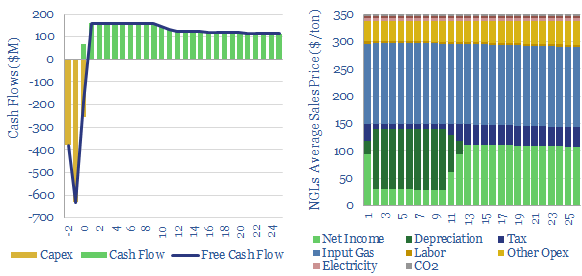
…to ‘drop out’ all of the NGL fractions in a demethanizer (chart below). (For more details, we have written an overview of cryogenics) The NGLs may then be heat exchanged…
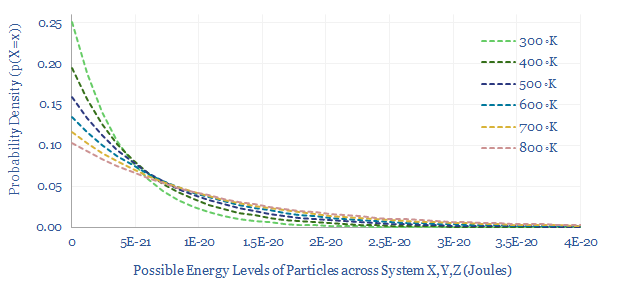
…chart below shows that chemical reactions proceed exponentially faster when temperatures are higher, which is why industrial heating is over 25% of all global energy use. Faster reactions will tend…
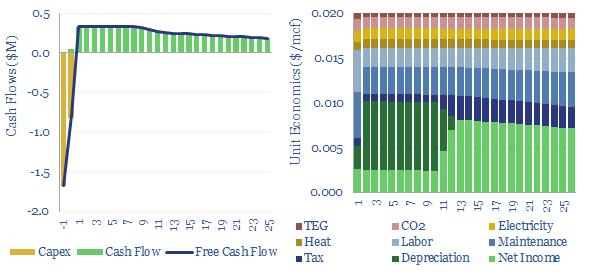
…in an absorber unit. Then the water can be stripped from the TEG solution by heating to 200ºC in a reboiler unit. Many readers will note this is effectively the…
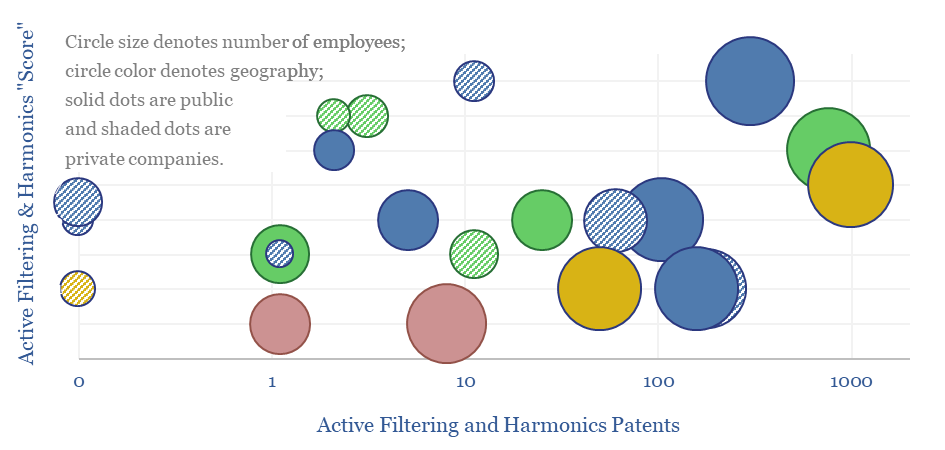
…heat pumps, and inverter-based generation sources such as solar and wind. An introduction to power quality issues is presented in our overview of electricity. Active harmonic filters are the most…










